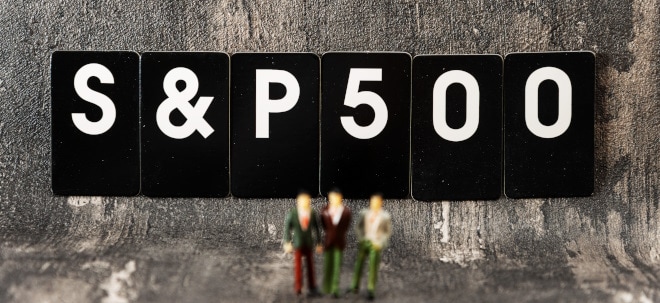| How to File for Chapter 7 A debtor must attend credit counseling prior to filing for Chapter 7. Upon completion of credit-counseling with an agency approved by the United States Trustee, the debtor can file for bankruptcy with a local bankruptcy court. The cost for filing is $299. A debtor is required to provide information about income, debt, expenditures, creditor holdings of secured and unsecured debt, the sale of prior property, and a list of exempt property. Exempt property is property that Chapter 7 bankruptcy rules allow a debtor to keep. Each state has its own guidelines, but exempt property typically includes clothing, furniture, and cars. The Automatic Stay Once a debtor files for bankruptcy, the bankruptcy court will issue an automatic stay, or an "Order for Relief." An automatic stay protects a debtor from a creditor's attempt to collect on a debt during the bankruptcy process. In effect, all collection activities, including any pending lawsuits, must cease. An automatic stay will prevent wage garnishment, filing of liens, and the seizure of a debtor's property such as a house, a car, or a bank account. If the bankruptcy court dismisses a case, the automatic stay also terminates and the creditor may commence collection activities. The Role of the Trustee The bankruptcy court appoints a trustee for each bankruptcy case. The trustee is responsible for overseeing the case to ensure that the debtor files the appropriate documents. The trustee must also determine whether the sale of nonexempt property will produce enough income to pay creditors. If property is unlikely to generate substantial compensation in comparison with the time and effort needed to sell the property, the trustee will likely allow the debtor to keep the nonexempt property. The Creditors Meeting After a debtor has completed and filed all of the necessary paperwork for a Chapter 7 bankruptcy, the trustee will schedule a creditors meeting. At the meeting, the trustee will review the paperwork and gather any other necessary information. If a debtor fails to attend the meeting, the trustee may make a motion to dismiss the debtor's case. Other reasons for dismissal by the trustee may include the debtor's failure to provide a copy of income tax returns at least seven days before the creditors meeting or the failure to file a current income tax return. In most cases, this creditors meeting is the only time the debtor will have to go to the courthouse. If the trustee determines that you are in possession of nonexempt property, you may have to either give up the property or supply the trustee with money in the amount of the property's value. Sometimes, though, if the property doesn't have much value or would be too difficult for the trustee to sell, trustees will occasionally "abandon" the property, essentially allowing you to keep it despite the fact that it is nonexempt. The Discharge of Debt under Chapter 7 A few months after the creditors meeting, the bankruptcy court will hold a discharge hearing. A debtor's unsecured debt, debt that is unsecured by property, is discharged. Secured debt, such as a car loan or a mortgage, receives different treatment. At the beginning of the bankruptcy process, the debtor selected to do one of the following: pay the creditor for the replacement value of the property, return the property to the creditor, or "reaffirm" or agree to new contract terms with the creditor. - See more at: http://bankruptcy.findlaw.com/chapter-7/....html#sthash.KHuDBZxK.dpuf |


 Thread abonnieren
Thread abonnieren

